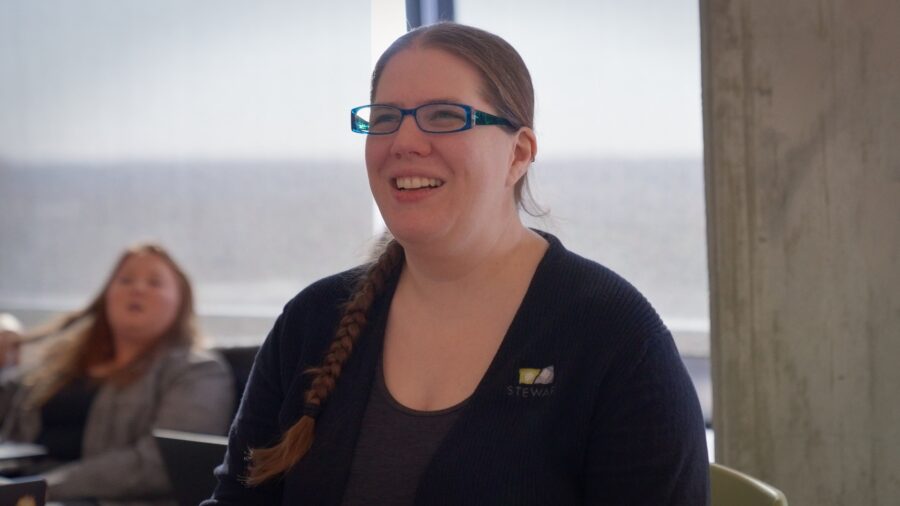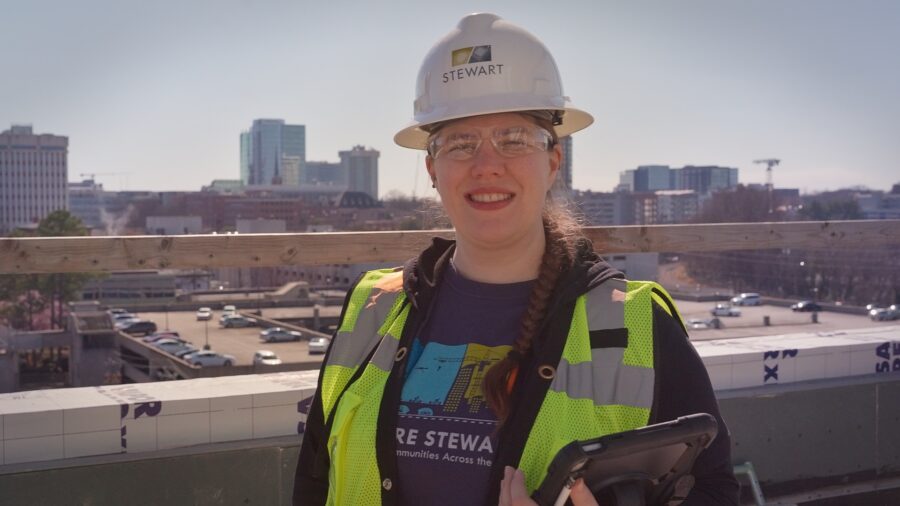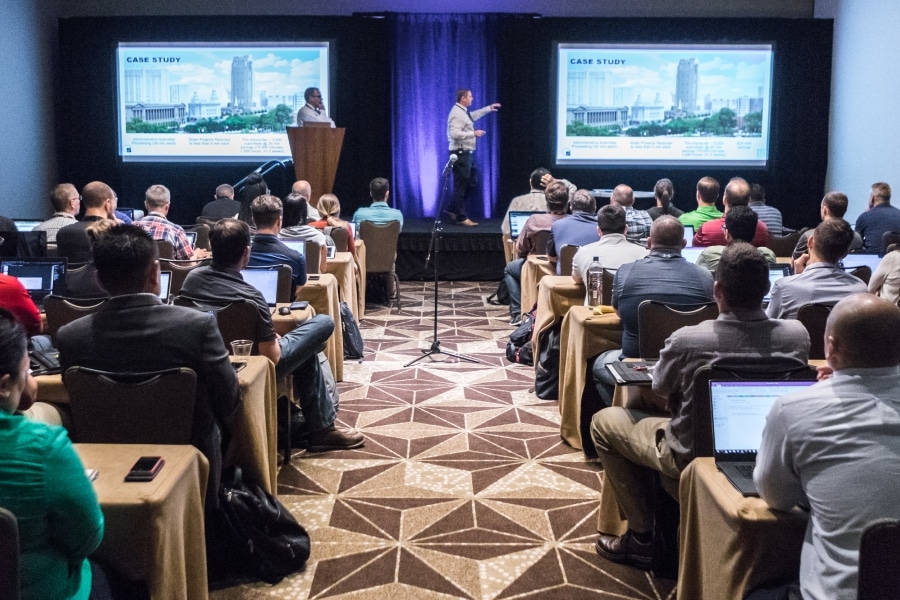
When Liz Larsen, P.E., first arrived in Raleigh, North Carolina, the world had seemingly shut down.
Having spent five fulfilling years as a structural engineer in Minnesota, the Upstate New York native sought a change from the state’s brisk winters. She arrived in March 2020 to start her new job as a structural project engineer, just as the COVID-19 pandemic ushered much of society into what would become an indefinite, years-long quarantine.
“We got here, and it was tumbleweeds, it was nothing,” Larsen recalled. Restaurants and museums closed. No shows, movies or any other facet of the growing city’s culture to take in. “You could barely go to the grocery store.”
However, amid this backdrop of isolation, Larsen found a vibrant community within her engineering career. Her co-workers and the professional contacts she made became her primary social network, offering companionship and support. Building on her dual degrees in mechanical and structural engineering from 2012, these relationships provided not just a sense of normalcy but a deeply valued social outlet in an otherwise uncertain time.
Now a project engineer with Raleigh-based design, engineering, planning and surveying firm Stewart, Larsen has found more than just a job; she has found a place she can truly call home—a sentiment that, for many women in engineering and the wider construction industry, resonates deeply.
Women in construction
For a significant number of women in engineering and construction, achieving a sense of belonging and acceptance in the workplace is an ongoing journey. Even though more women work in construction today than at any time in history, the path to this point has been rocky—and, for many, it still is.
The number of women employed in construction topped 1 million in May 2021, according to Bloomberg, a first since data collection began in 1964. As of July 2022, the most recent year for which data are available, women now represent 14.1% of the construction industry, an all-time high.

Still, the sentiment that construction—and to a lesser extent, engineering—is a “man’s job” lingers in some places. Most women in the industry work in office jobs, as tradeswomen represented just 3.9% of the workforce in 2021, Institute for Women’s Policy Research data show. Jobsite culture can still feel male dominated. Stereotypes abound. Harassment remains a problem.
Things are getting better, however. Larsen said her rise through the engineering ranks has been mostly free of such discrimination. She credits this largely to greater awareness of stereotypes and the negative roles they play. “My inspiration comes from just seeing progress,” Larsen said. “Even 20 years ago, I experienced a little bit more sexism than I do today. That’s progress.”
“Your career, your capabilities—they’re not defined by the stereotypes of your gender,” she continued. “You can do whatever you want, and people are coming to know that.”
Construction’s tech evolution
Technology has also played a role in evening the playing field in construction. The more technology has evolved as an essential part of the design and building process, the less the industry has been reliant on manual, physical labor—capabilities where men are largely favored.
Larsen’s career, in large part, mirrors the rise of construction’s embrace of digital tools. Bluebeam, in particular, is a tool Larsen professionally grew up with. When she first started as an engineer in steel fabrication, most of her work was done on paper, with markups and corrections done by pen.

In 2015, Larsen started using Bluebeam, and it has since become an essential tool in her professional life. Besides using Bluebeam day to day, she is a Bluebeam Certified Professional and even publishes a blog where she shares insights on using the software with others in the industry.
“Bluebeam’s superpower as a company has been listening to their customers,” Larsen said. “It just does things that no other PDF software can do.”
What advice does Larsen have for other young female engineers looking to follow in her footsteps?
Larsen encourages confidence in young engineers because she believes that intelligence can be evenly distributed across all levels of seniority. “When it comes to engineering, it’s about your experience,” she said. “New engineers can be just as smart as senior engineers; the difference is experience. So go out there and get experience.”










